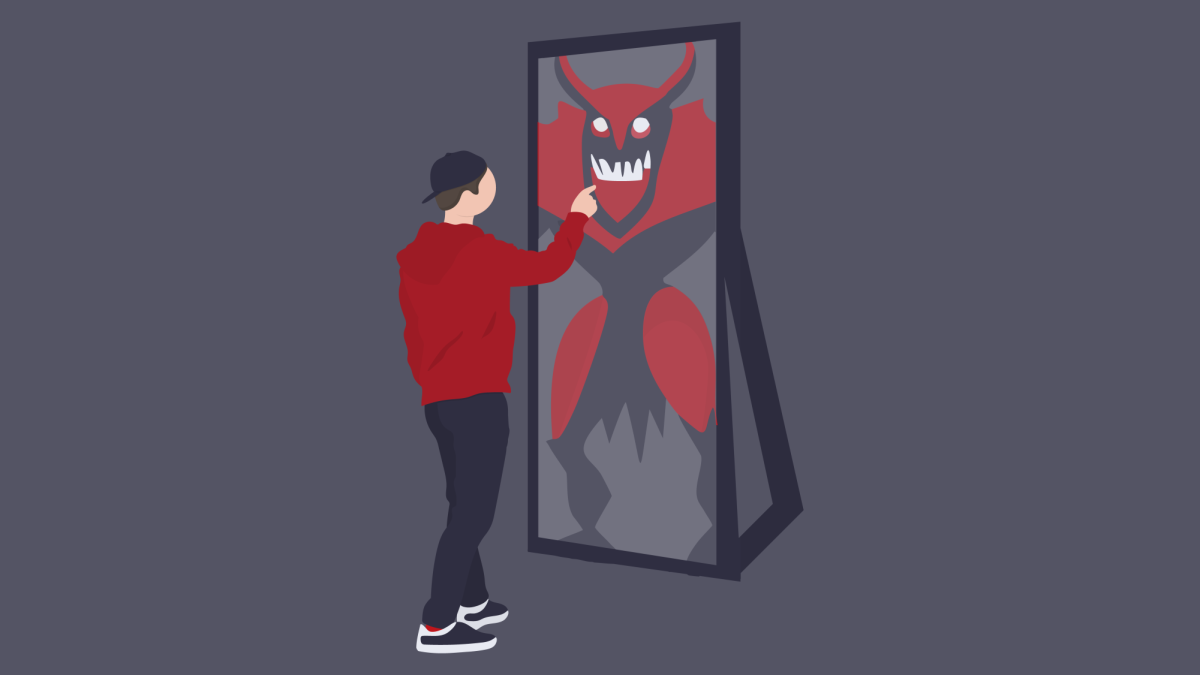[vc_row][vc_column][vc_column_text]There are certain aspects of existence that undoubtedly complicate one’s belief in a higher power, justice in life, and the purpose of each individual’s system of reality. One such occurrence is childhood cancer. As the most innocent and promising components of society, children are the last people to deserve the sort of pain this disease causes. Today, childhood cancer is the leading cause of disease-related death among children aged one to 19 in the United States. Although some forms of cancer boast at least a 5-10 year survival rate, others have a prognosis of just a few months.
[INDIVIDUALS SHOULD FOCUS ON GIVING SERVICE CLOSE BY]
In the case of neuroblastoma, the most common cancer for infants, two out of three cases are diagnosed when the disease has already spread to lymph nodes or other parts of the body. This is a life-threatening disadvantage to the thousands of kids diagnosed, because a metastasized cancer proves much harder to fight and ultimately rid the body of.
Much of the technology used in the treatment of deadly cancers is standard and similar for both adults and children. That is why it is hard for me to believe that the shocking discrepancy in the advancement of diagnosed neuroblastoma cases is simply coincidental or a result of the child’s age. Instead, pediatric cancer is frankly not given the same awareness as adult cancer. Many people disregard it as a sad one-in-a-million occurrence, but it is much more common than we think and must be treated with the utmost urgency. Parents won’t look at the swelling of a child’s eye, one common manifestation of neuroblastoma, and automatically think of cancer because of the societal stigma that attributes the possibility of cancer solely to adults.
We need to stop treating childhood cancer as rare, because putting it in that category is detrimental to the diagnosed child’s life and will undoubtedly affect everyone around him or her. Treating it as an anomaly also gives the government an excuse to put less funding towards research and treatment. According to the National Cancer Institute, in 2010 about $122 million went toward research for non-Hodgkin’s lymphoma, a childhood cancer, while $631 million went toward breast cancer research. The budget and resources for childhood cancer have continued to decrease since then, in part because there are no major sources of pressure for research centers and big pharmaceutical companies to do otherwise. I am not attacking the merits of researching diseases such as breast cancer, but investing the time and money in pediatric cancer is just as crucial as the pursuit of curing adult cancer.
Cancer in a child’s life does not need to be a death sentence. If it was treated as a viable possibility and real occurrence instead of a sad incident in a St. Jude’s commercial that makes you tear up and feel morose for a few minutes, we would have fewer cases of late diagnosis and an increase in the life spans of cancer survivors.
[/vc_column_text][/vc_column][/vc_row]











